Getting Started
Invention Description updates
Police in the United States disproportionately stop, cite, arrest, use force, and kill black men. Our leaders have failed to act to abolish qualified immunity for police officers, and they fail to mandate effective use of police body cameras, making them ineffective sources of data around policing. The number one reason for police interactions with the public is a traffic stop. Our integrated system offers a visual warning to all POs that the exchange will be recorded; it collects evidence about what has occurred while the driver was operating the vehicle, including speed, erratic motion, stops, seat belt use, and phone use that the user can access. As a police officer approaches the vehicle, a recorded warning that the interaction is being recorded and will be available to the public is played. At the same time the driver of the vehicle can begin recording a video that will ultimately be uploaded to a public domain. All police interactions that are recorded will be temporarily stored in a private database and will eventually be published to a public site. The recording will be tied to the police department as well as the badge number of the police officer. Through the crowdsourcing of videos collected by our device, we will increase transparency in police interactions with the community while creating a library of police work that is attached to each police officer. We will protect evidence of interactions in which police officers use force and when deadly force is used, our device will make the public aware immediately when the footage is uploaded to the public domain. This has been our Invention Statement since the start of our project and so far our work has not suggested a need for change or revisement.
Progress during the last month
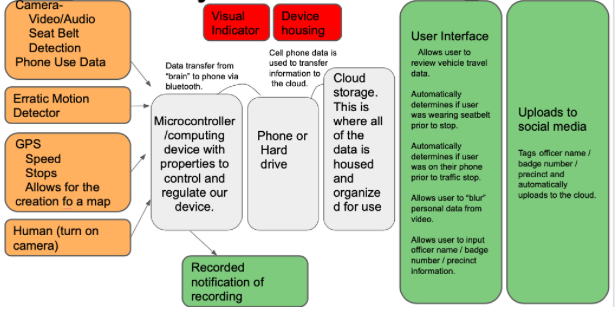
Since we have been selected as an inventeam, our first step was to break our invention down into a block diagram. NExt, we have divided our team into smaller sub-teams based on this block diagram and begun to further our expertise on our individual areas. Our technical teams are the hardware team, the user interface and app development team, the data team, and the artificial intelligence and machine learning team. All administrative team leaders were elected as well. This includes Admin- Owen Grega, Communications, Alex. G (me), Finance- Dailyn Minter, Sustainability - Myah Crowell, and Research - Chanel Harris. We have all dove into learning our perspective programs and each team leader has an update with their team’s progress:
Hardware (Aleks. Sweeny-Team Lead): “In late October the Hardware team began researching components needed to get started with prototyping. We created a list of GPS Modules, Cameras, Audio Shields, Motion Sensors, and the brain of the operation which is raspberry pi and much more. We placed this order in with our financial manager who had to wait for the card to arrive and placed our order when it did! While we waited, the hardware team was able to focus on learning the basics of Python. This is the coding software that we will be using in order to get our invention up and running. We went through a 4-hour tutorial that showed the absolute basics that we could then branch off on and use in our final invention. I would describe this lesson as the building block for Python. We are going to be able to take all of these separate functions and put them together in order to meet all of our invention requirements. Most of the materials we ordered arrived last week except the actual Raspberry Pi which just arrived today! We will start officially with hardware prototyping today!”
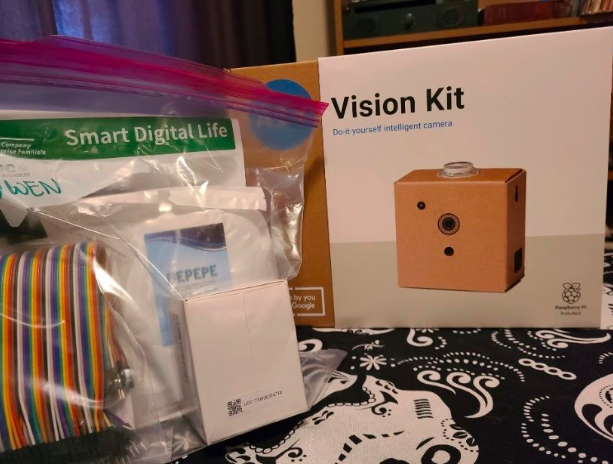
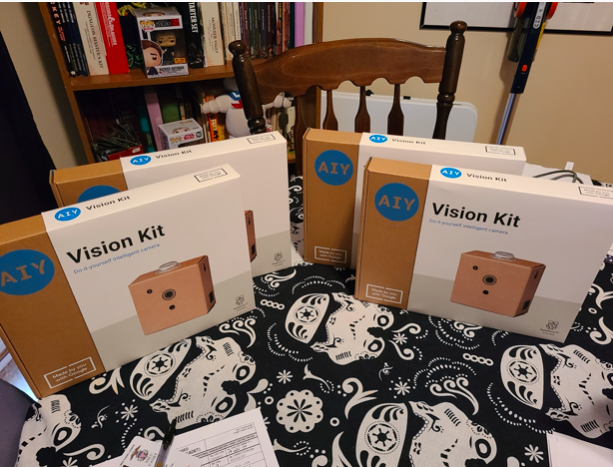
User Interface (Myah Crowell): “Before the break, the UI team decided to go with a web-based app for the user interface of our device. Following an expert’s advice, we chose to use Ruby on Rails as the mechanism for user interactions with our database. Over the break, each UI team member began preliminary research on the platform and coding language, Ruby on Rails, through YouTube-based courses. We learned how to code a framework for our web-based application, code navigation bars, menus, and functions that enabled the user to toggle between pages. We will continue to learn the Ruby on Rails software in the coming weeks to further the complexity of our app as well as begin looking into Bootstrap design templates to enhance the appearance of our application.”
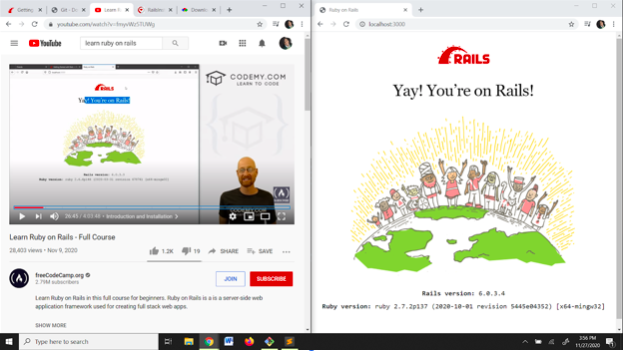

Data(Toren Mosley-Team Lead): “During the break the database/collection unit was tasked with comprehending the different features and utilities of the application “Amazon Web Services” (AWS). To highlight some of the tutorials done, we established understanding on AWS S3 Buckets, use of a VPC (Virtual Private Cloud), constructing a mount and file EFS system, and others. These tutorials aided in our preparation for our future work, which entails constructing the actual system to store the quantified data and user-inputted data. The training also gave us further insight on the application which eliminated the need for alternatives. We will continue to work alongside our SMEs, the vendor, and the program to construct the desired model.”
Artificial Intelligence(Drew Williams-Team Lead): “Since we’ve gotten news that we’ve been selected for the MIT InvenTeam, the teams have already gotten started on researching for our device. The first thing we (Technical A.I. Team) did once we got the news that we were picked was made a list of plans with things we wanted to complete throughout the next few weeks. So far, we did brief research on different programs we can learn to use to our benefit. We then connected with the Hardware Team to narrow down our idea once we figured out what materials worked together. After that, we read over “IDAudio™ for AI-driven Audio Event Detection” to get more familiar with A.I. technology. Once we completed that, we completed a 4 hour course that gave an introduction to the essential concepts in Python.”

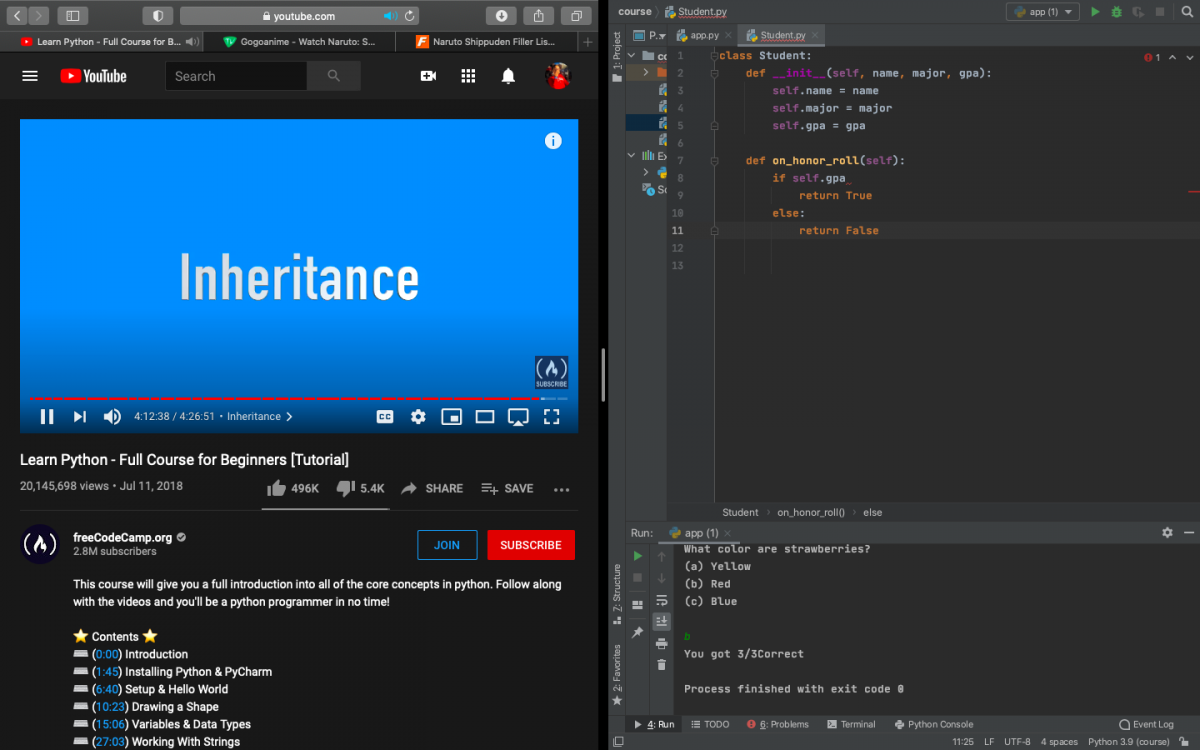
Goals for the upcoming month
The next steps for the Charles R. Drew Charter School InvenTeam will be to continue with our prospective courses and further our expertise in our individual areas. Each individual team has specific desired goals to accomplish over the next month. The hardware team aims to start wiring their hardware, begin working with necessary codes and get hardware to work simultaneously. The data teams goals are to confirm understanding with the previously taken training, begin formatting SLA and written requirements sheet, and to meet with Mr. Walker (mentioned in the networking section) again to assess sheets and connect with a vendor representative. Our research lead is continuing to work towards completing and submitting the research protocol and her next step will be collaborating with beneficiaries during the invention process. The User Interface team’s next steps are to finish and review Ruby/Atom and the Ruby on Rails courses and to begin to plan out each stage of use interface ie. buttons, haptics, and functions. The artificial intelligence team is moving towards completing their tensor flow course (8 hour commitment) within the next two weeks and moving forward with deep diving into A.I. within the following weeks. This will support the device function of recognizing whether the driver of the vehicle was wearing their seatbelt prior to the police interaction and whether they were engaging with their phone during the same time period.
Networking
After creating our block diagram and identifying teams, Ms. White (team facilitator), and Quinn Worley met with Ian Burns, a Senior Lead Technologist at Booz Allen Hamilton to gain insights into specific recommended technology we began to dig into that apply to our project. Shortly after, Toren used his contacts to invite James Walker into the data team’s classroom/breakout room to further inquire about data housing technology. After this meeting, James Walker has committed to being a mentor to guide our team to success. Both of these meetings have led us to dig into AWS S3 for data housing. Catherine Woodlings who is the director of Communications for the East Lake Foundation, a non-profit organization that “ ...was established to revitalize the East Lake neighborhood, generate new opportunities for the families living there, and create a vibrant community where all residents thrive” has helped us by publishing the press release to their site. Because of this, we have had an inquiry from a reporter who we hope to speak with in the coming week.
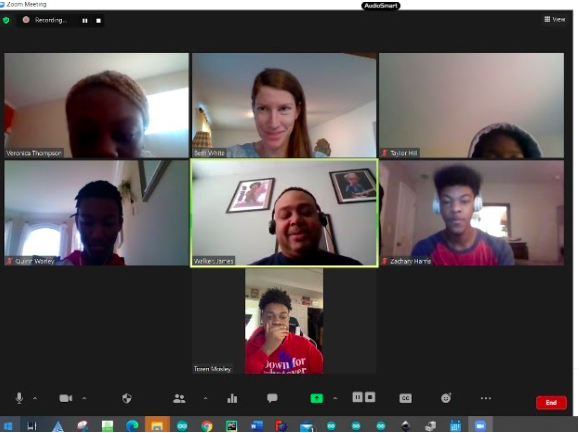
Donations
Our team facilitator, Ms. White, has been working with the school to get our GoFundMe up and running. We are still waiting to hear back from the school’s administration to get the okay.
Teamwork
We are still working to adapt to this new space but the team is doing a fantastic job with being collaborative both as a whole and within our sub-teams. The aspect of teamwork we could improve upon the most is timeliness with responding to messages. Every class period we have spent the first thirty minutes in breakout rooms with our technical teams and we also use several group chats to communicate with each other.
Video Update
The hardware team is the team which has the most physical updates. This is the hardware team lead explaining everything they have received and will begin working on with their project soon.

